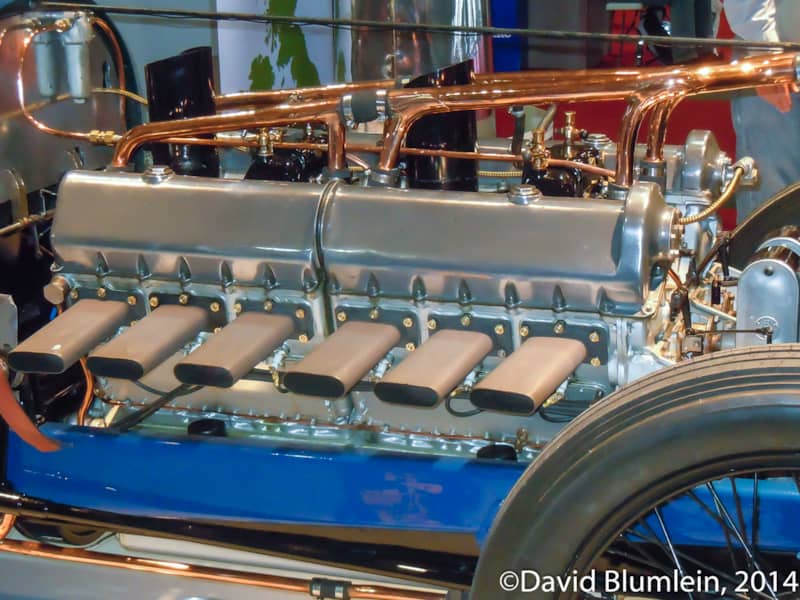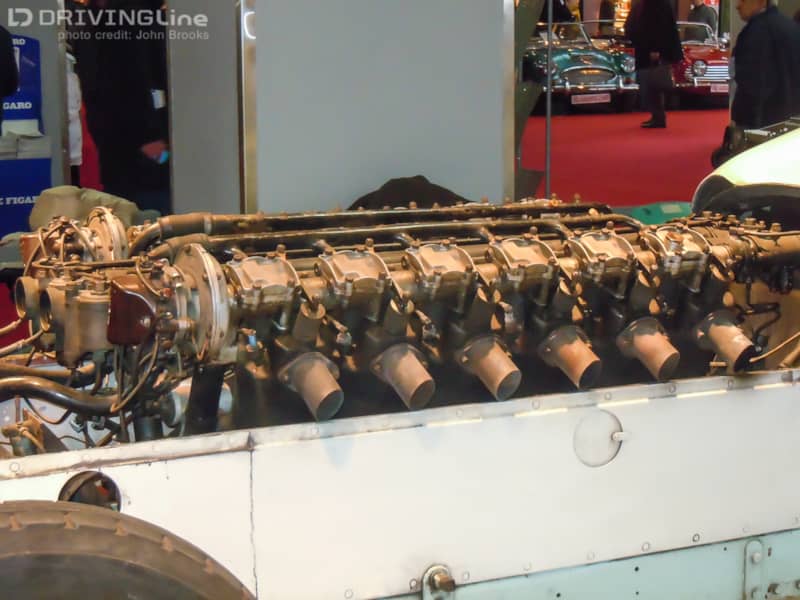Oddities and Awesomeness: 10 Must-See Cars From Retromobile
The European classic car scene kicks off each year early in February with the Retromobile, held at the Parc des Expositions Porte de Versailles, Paris. The show is always worth a visit - a chance to catch up with old friends, and usually an opportunity to see some cars not usually seen except by the owners... 2014 was no disappointment. Here are my top 10 cars at 2014 Retromobile...10. Campbell's Original Bluebird


9. Babs


8. 1959 Renault



7. Renault Espace F1



6. Ferrari 206 S Dino Spyder



5. Citroën SM Mylord Cabriolet




4. 1941 Pierre Faure Type RFA Electric Car



3. World War 1 Vehicles





2. Mercedes-Benz Racing Heritage




1. Brooke Swan Car















